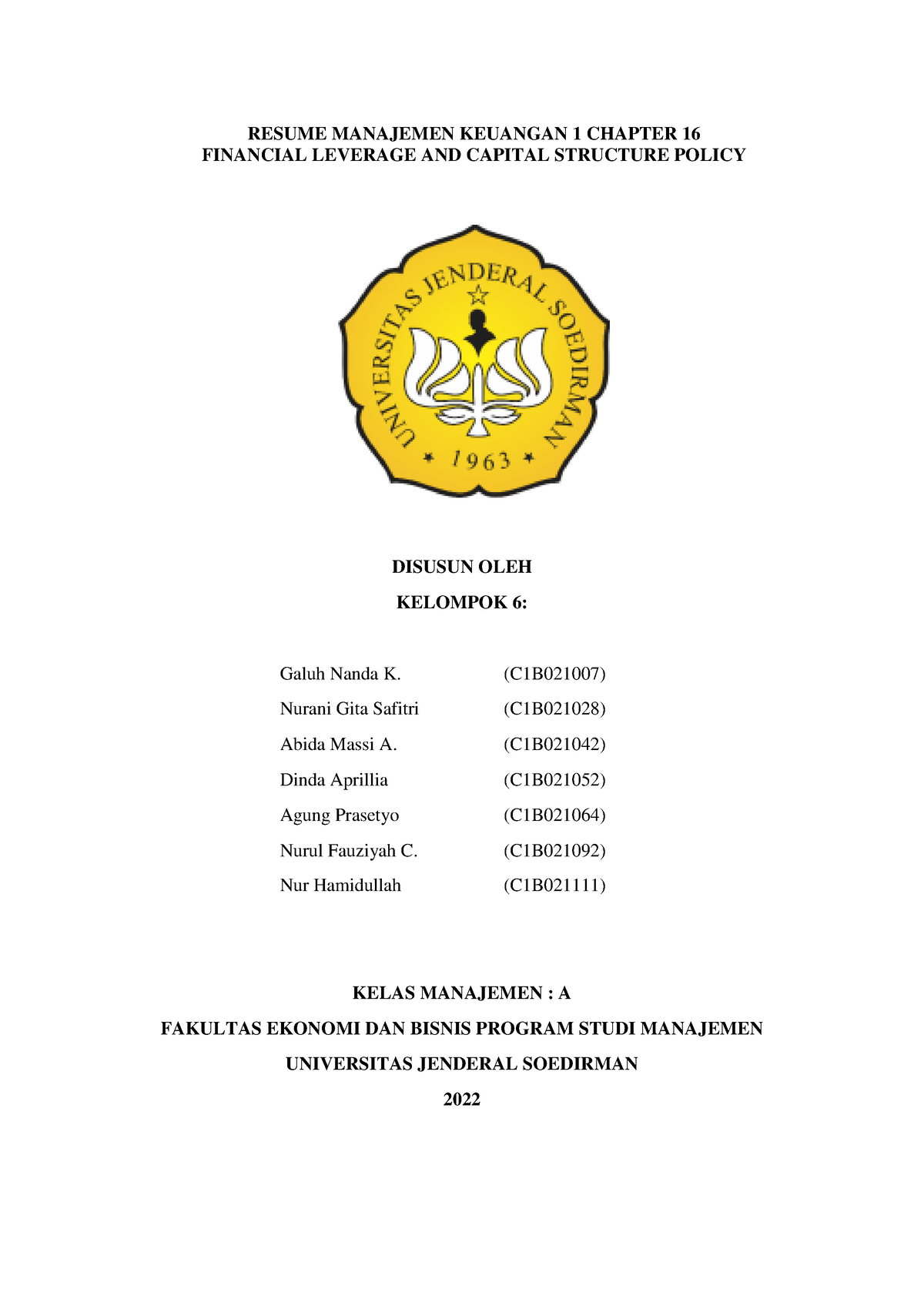
It’s a good idea to measure a firm’s leverage ratios against past performance and with companies operating in the same industry in order to better understand the data. Examples of financial leverage usage include using debt to buy a house, borrowing money from the bank to start a store and bonds issued by companies. To calculate both operating leverage and financial leverage, EBIT is referred to as the linking point in the study of leverage. When calculating the operating leverage, EBIT is a dependent variable that is determined by the level of sales. Thus, financial leverage measures the relationship between the operating profit (EBIT) and earning per share (EPS) to equity shareholders. It is calculated as the percentage change in EPS divided by a percentage change in EBIT.
How Does Financial Leverage Affect Net Income and EPS?
For instance, investors and businesses can utilize borrowed funds to fuel growth strategies such as expansions and acquisitions. However, it’s important to manage leverage with care, as it also has the potential to amplify losses, necessitating a balanced approach. In essence, corporate management utilizes financial leverage primarily to increase the company’s earnings per share and to increase its return-on-equity.
Q. How does financial leverage affect risk?
A higher ratio indicates greater leverage and, consequently, higher financial risk. For instance, a Debt-to-Equity Ratio of 2 means that the company has twice as much debt as equity, suggesting a more aggressive financing strategy. The influence of financial leverage on Earnings Per Share (EPS) is profound, shaping the way investors perceive a company’s profitability and risk.
Can a Debt Ratio or a Debt-to Equity Ratio Be Negative?
To cover the total risk and to be precise in their decision, the financial manager may rely on combined leverage. As this discussion indicates, both operating and financial leverage (FL) are related to each other. If the funds are raised by preference shares, despite not carrying a fixed interest charge, they carry the fixed dividend rate.

- The variability of sales level (operating leverage) or due to fixed financing cost affects the level of EPS (financial leverage).
- For example, an Interest Coverage Ratio of 5 means that the company’s EBIT is five times its interest expenses, providing a comfortable buffer for meeting its debt obligations.
- The company has purchased a manufacturing unit on cash with equity financing.
- Generally, it is better to have a low equity multiplier, as this means a company is not incurring excessive debt to finance its assets.
- For the investor, the challenge is determining whether the organization’s debt level is sustainable.
If the corporation struggles to make regular interest payments, investors are likely to lose confidence and bid down the share price. Suppose we’re tasked with calculating the financial leverage ratio of a company as of 2022. For loans tied to collateral, you could lose the asset if you can’t cover the payments. If you can’t make your mortgage payments, you’ll default and your lender will start the foreclosure process. And for entrepreneurs, if you use money from friends and family to fund a business and it fails, your relationships may sour if you can’t repay the borrowed cash. Even worse, you could be subject to a lawsuit, depending on what sort of agreement you have in place.
Fixed-Charge Coverage Ratio
There’s a risk, of course, that the new asset won’t work out like the company intends. If that new product doesn’t make any money, the company will be stuck with a worthless asset and a bunch of debt. Deciding whether to use financial leverage is a difficult decision for companies that requires careful study and thought. While both of these ratios can be useful tools, they’re not without shortcomings. For example, both calculations include short-term liabilities in the numerator. For this reason, some traders will substitute “total liabilities” with “long-term liabilities” when crunching the numbers.
They believe it will earn far more than the cost of paying back the loan (including the loan’s interest). When you bought that big TV on credit, you had to pay for it using your existing income. But when you borrow money to buy an asset, the asset can pay for itself and then some (if you bought a good asset, of course). If, for example, interest expenses consistently grow at a faster pace than operating income, it could be a sign of trouble ahead. A company that has never defaulted on its obligations may be able to borrow at a three percent interest rate, while its competitor pays a six percent rate.
If a bank does decide to lend to a highly leveraged company, you can bet the terms will be stacked in the bank’s favor with lots of interest and fees to help them overcome their risk. Highly leveraged companies often see large swings in their profit as they deal conversion cost definition formula example with debt. Companies use leverage to acquire investments or finance new projects. The goal is to earn more from assets than the cost to acquire them through debt. If you buy stocks, part of your investment strategy include considering a company’s D/E ratio.